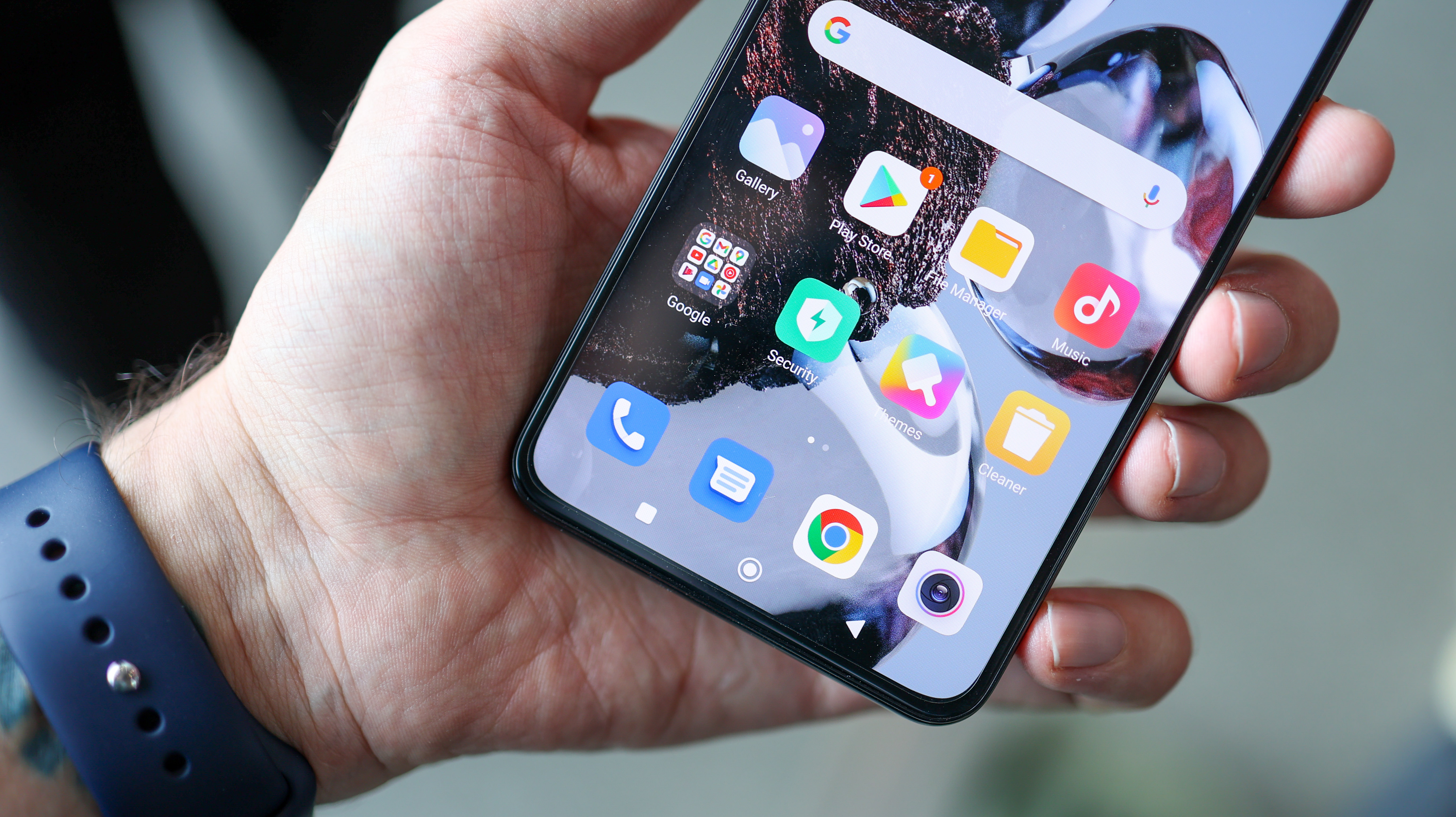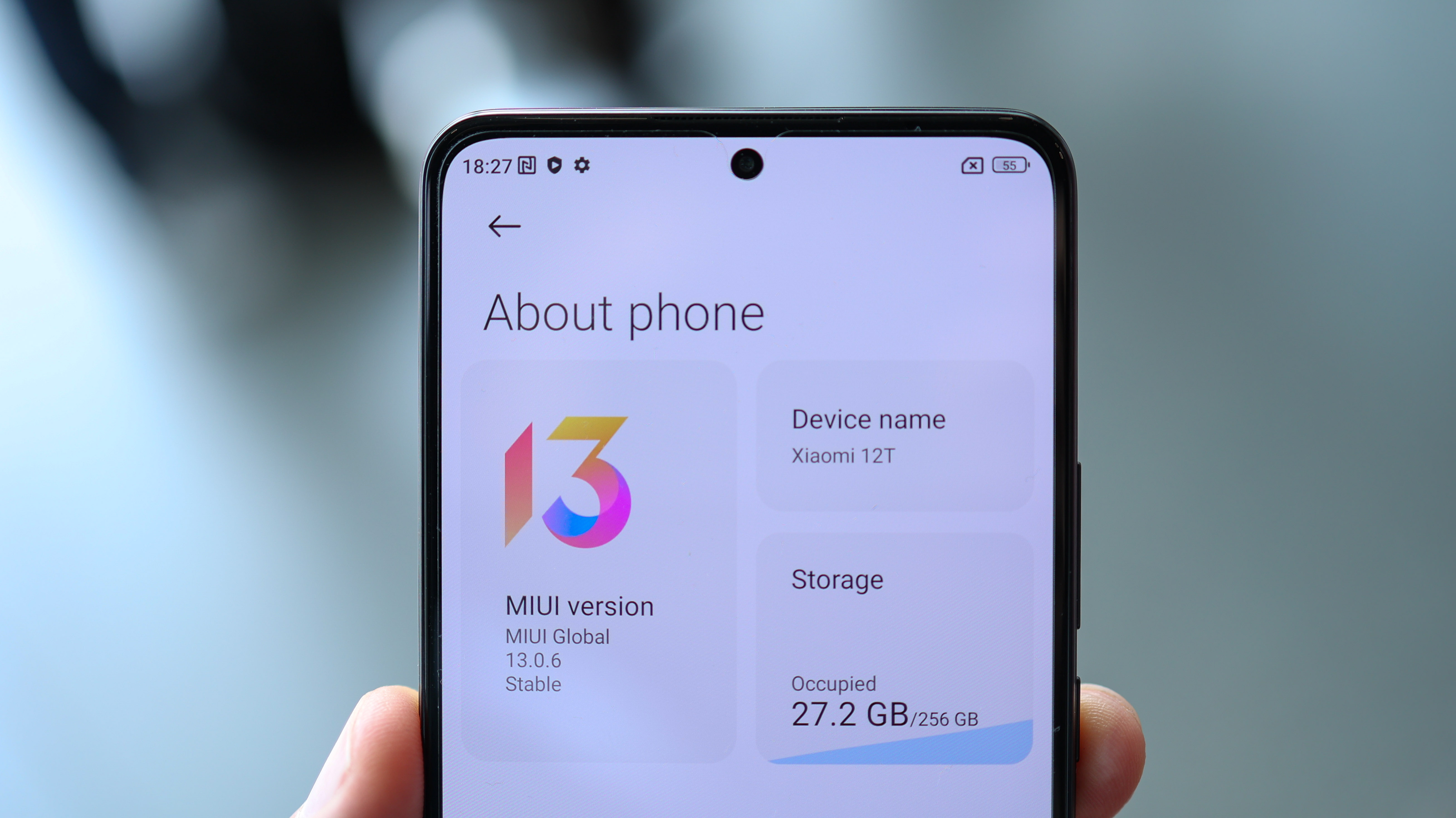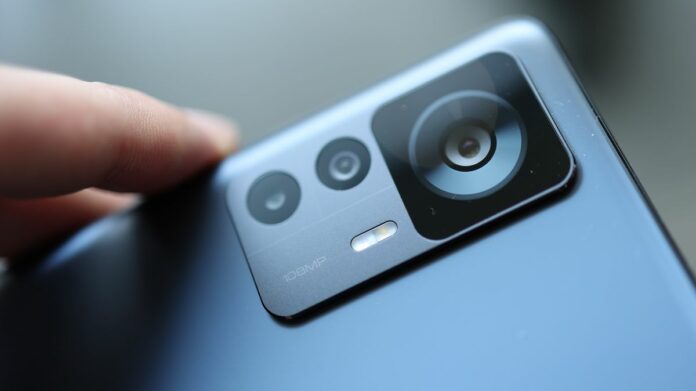Xiaomi’s T-series typically focuses on offering flagship power at a below-average price point, and the Xiaomi 12T certainly continues that tradition. With its powerful MediaTek Dimensity 8100 Ultra chip, it should be an excellent phone for anyone who likes to play mobile games. Its smooth 120Hz AMOLED screen, large 5,000mAh battery, and blazing-fast 120W wired charging only add to its appeal.
Xiaomi has kept the price of the 12T as low as possible by reducing the camera specs compared to the Xiaomi 12T Pro, which was announced alongside it, and both phones feature a design that doesn’t feel as premium as the Xiaomi 12 Pro. that the Xiaomi 12T and 12T Pro have plastic frames and flat screens, instead of the curved glass and metal frames that the Xiaomi 12 and 12 Pro have. paper, with low resolutions and small sensors.
However, considering the price of the Xiaomi 12T and all the power it packs, these cuts are easily forgivable if you’re looking for a large, flat display and great performance. Above all, they are perfect features for gaming.
Xiaomi 12T: price and availability
The Xiaomi 12T, like the 12T Pro, will go on sale in Spain on October 13, but you can pre-order it now. Also, if you do it before October 12, you will receive Redmi Buds 4 Pro as a gift worth €99.99 on the Xiaomi official website.
Regarding prices, the Xiaomi 12T is sold in Spain in two variants: one with 8GB of RAM and 128GB of storage which costs €599.99, and another that increases the storage to 256GB and is priced at €649.99.
Xiaomi 12T: design
The 12T is relatively large, with its 6.7-inch screen (the same size as the 12T Pro), but it’s not overly heavy at 202 grams. Looked at another way, it weighs more than the iPhone 14 at 176g but is lighter than the iPhone 14 Pro at 206g and the iPhone 14 Pro Max at 240g.
When you hold the Xiaomi 12T in your hand, you will notice that its iit’splastic frame and flat screen prevent it from looking like a real flagship. The phone also lacks IP68 water and dust resistance, though it does come with a case in the box, and a screen protector, and the display is Gorilla Glass 5.
At the bottom of the mobile is the USB-C port and the tray that supports up to two SIM cards. All buttons are on the right side, and there is an infrared emitter at the top. The 12T has speakers on both the top and bottom, and there’s a modest camera module at the rear.
Xiaomi 12T: display
The Xiaomi 12T has a large 6.7-inch screen. The selfie camera sits top center, and overall the display meets most of our first impression requirements.
Thanks to its AMOLED Dot Display technology, colors appear bold and vivid, and it features an adaptive refresh rate that automatically switches between 30Hz, 60Hz, 90Hz, and 120Hz, meaning it should be energy efficient. Furthermore, the screen benefits from a touch sampling rate of 480Hz, making it super sensitive to your taps and super responsive, which is sure to make the Xiaomi 12T ideal for gamers.
With a maximum brightness of 500 nits when adjusted manually and 900 nits in high brightness mode, the Xiaomi 12T falls behind other rival phones in this regard.
Xiaomi 12T: cameras
The Xiaomi 12T lacks the 200MP camera of the Xiaomi 12T Pro but uses a 108MP one. It now has a good-sized 1/1.67-inch sensor, which impressively puts it on par with the sensor in the iPhone 14 Pro, which is shocking given the price difference.
In particular, we are talking about the Samsung ISOCELL HM6 sensor, which made its debut in the Realme 9, and the truth is that it has not convinced us much. Now, there is an important difference here, as Xiaomi has added optical image stabilization (OIS) technology, which improves the results significantly. Between the f/1.7 aperture and 9 pixels-in-1 pixel binning (thus creating a bigger and better pixel) to produce 12MP photos, we’re curious to see how the Xiaomi 12T stacks up against the competition photographically.
Frankly, we don’t have much to say about the secondary cameras. We find an ultra-wide angle that has a small 1/4 inch sensor and a field of view of 120º, so it’s nothing out of the ordinary, and on the other hand, we have a 2MP macro, which we don’t think works very useful given its specifications. As far as selfie photos are concerned, we find a promising 20 MP camera with an f/2.24 aperture on the front of the Xiaomi 12T.
Xiaomi 12T: Software
the Xiaomi 12T runs Android 12 out of the box, with the MIUI 13 customization layer, so anyone who has used a Xiaomi, Redmi, or POCO in the last 12 months will know what to expect from the 12T’s new software.
Unlike Huawei phones, Xiaomi 12T comes with Google Play Store, so you can easily download any app you want. The fact that the phone runs a Google-approved version of Android means that, in addition to excellent app compatibility, you can expect a basic level of security from Google via updates over two to three years.
Xiaomi rounds out the Android experience with a UI that borrows some elements from iOS, like the Control Center and adds other features to the mix too, like a virus scanner that runs whenever an app is installed.
Although it is clear that Xiaomi intends to give more value to its interface, those who like a rather simple interface may prefer the iOS system of the iPhone or the stock Android (the purest) than the one found on Google Pixel phones. The Xiaomi 12T can be updated to the latest Android version, Android 13.
Xiaomi 12T: performance
The Xiaomi 12T comes with either 128GB or 256GB of storage, which is plenty of room for all your files, photos, apps, and games, although it should be noted that you won’t be able to expand the capacity with an SD card. Thanks to its 8GB of RAM, multitasking should be handled relatively well, although Xiaomi’s battery saver is known to aggressively handle background apps if you have too many open.
While the 12T lacks Qualcomm’s Snapdragon 8+ Gen 1 chip, which is the best out there and the one we found in the Xiaomi 12T Pro, the MediaTek Dimensity 8100 Ultra does have a powerful chip. It’s the first time we’ve seen the 8100 Ultra, but we can tell you that it is a variant of the 8100 that we find in more expensive phones such as the Realme GT Neo 3 and the Oppo Reno 8 Pro (which equips the Max version). Either way, these two models have proven to handle heat very well, so we can’t wait to see how the Xiaomi 12T performs with its Dimensity 8100 Ultra under pressure.
Xiaomi 12T: battery
Thanks to a 5,000mAh battery, the Xiaomi 12T should keep you lit for a whole day without problems, especially considering the relatively low brightness level offered by the phone.
With super-fast 120W wired charging, Xiaomi claims you can charge the 12T in just 19 minutes, and you’ll also find a fast charger in the box. The truth is, the only thing we’ve been missing in this regard is wireless charging.
Xiaomi 12T: first verdict
With a relatively affordable starting price and a powerful feature set, the Xiaomi 12T offers a lot that we love, at least judging from our first impressions. It has a great screen, tons of storage, very fast charging, and what should be respectable power based on other similar MediaTek chips. On the other hand, its 5,000mAh battery should allow for a full day of use.
However, all that glitters is not always gold, and there are things we still want to explore. We are talking about that 108 MP camera of the Xiaomi 12T.
Considering the experience we had testing the camera of the Realme 9, which has many similar specifications, and there were things we didn’t like, our final opinion on the Xiaomi 12T is still open. The fact that Xiaomi has improved the cameras with optical image stabilization will hopefully be the saving grace for the Xiaomi 12T when it comes to photography.
That said, if you’re a gamer looking for a phone with a big screen, stereo speakers, lots of storage, and lots of power, the 12T might fit the bill, but to be sure, stay tuned for our in-depth analysis, which we will try to have it as soon as possible.

